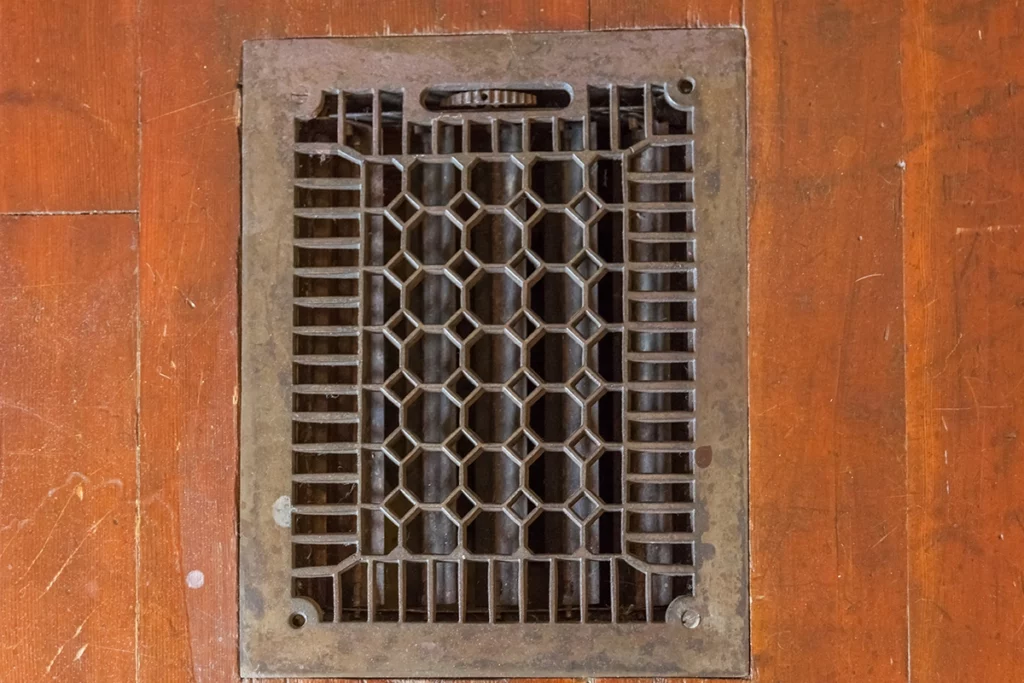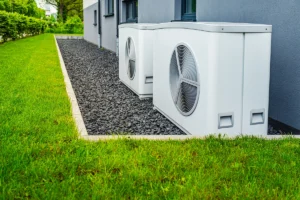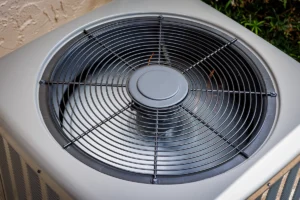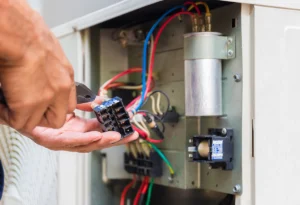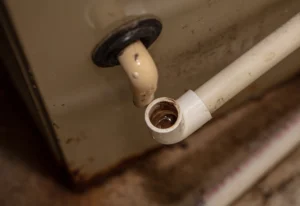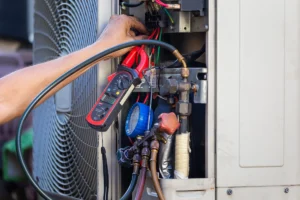If you’re thinking about covering return air vent openings in your home, you’re not alone. A lot of homeowners here in Vancouver, WA ask us whether it’s okay to block those big vents on the wall or floor. Maybe you’re trying to improve the look of a room or redirect airflow to another part of the house. We totally get it—everyone wants better comfort and cleaner design. But at Sub Zero Temp Control, we’ve seen what really happens when return vents are blocked, and the effects aren’t pretty.
Let’s break it down so you can make the best decision for your home’s HVAC system.
What Is a Return Air Vent, Anyway?
Before we dive into the risks of covering return air vent spaces, let’s talk basics. Return vents pull air from your home back into your HVAC system. That air gets filtered, conditioned, and then sent back out through your supply vents. It’s a crucial part of the air circulation loop.
Without return air vents doing their job, your system can’t breathe properly. That puts a strain on every part of the HVAC process.
Covering Return Air Vent Can Lead to System Stress
When we inspect systems in the Vancouver area, one common issue we run into is airflow restriction. Often, it’s caused by something as simple as covering return air vent panels with furniture, rugs, or decorative items.
Here’s what can happen when airflow gets blocked:
-
The system has to work harder to pull in air.
-
That increases wear and tear on the blower motor.
-
It can even lead to overheating and shutdowns.
Not only that, but blocked vents throw off the balance of pressure in your home, which can mess with comfort levels in every room.
Energy Bills Go Up Fast
One of the first signs homeowners notice is higher utility costs. That’s because covering return air vent intakes forces your system to run longer to reach the set temperature. More run time equals more energy use—and more money spent.
In the long run, the added stress on your equipment can shorten its lifespan. Repairs and early replacements are way more expensive than simply keeping those vents clear.
Indoor Air Quality Also Takes a Hit
Let’s not forget about air quality. In homes across Vancouver—especially older ones—we’ve seen how poor ventilation leads to more dust, allergens, and stale air. When return vents are blocked, less air gets filtered. And unfortunately, that means more particles stay in your home.
People with allergies or respiratory issues usually feel the effects first. But honestly, no one wants to breathe in dusty, recycled air day after day.
But What If the Vent Is in an Awkward Spot?
We get it—sometimes the location of the return vent just isn’t ideal. Maybe it’s right where you want to place your favorite chair or bookshelf. If that’s the case, don’t worry. At Sub Zero Temp Control, we can help you find safe and smart ways to work around it.
Instead of covering return air vent spots completely, we can install decorative vent covers that still allow airflow. We can even explore options for relocating the vent, depending on your home’s layout.
Safe Alternatives to Covering Return Air Vent Areas
Here are a few ways to improve the look of your return vents—without hurting your HVAC system:
-
Use decorative grilles. They’re stylish and functional.
-
Paint the vent covers to match your wall or trim.
-
Rearrange furniture to keep airflow clear.
-
Install air deflectors to redirect air without blocking flow.
We’ve helped plenty of homeowners around the Vancouver metro area with similar fixes, and the results speak for themselves.
When in Doubt, Ask a Local Pro
If you’re unsure whether a vent is safe to block—or if you suspect airflow issues in your home—give us a call. At Sub Zero Temp Control, we offer honest advice and dependable service. We’ll inspect your system, take airflow readings, and help you figure out the best solution.
Our team knows how the damp climate in Vancouver, WA impacts HVAC performance. From Salmon Creek to Orchards, we’ve helped homeowners all over Clark County avoid system damage and cut down on energy waste.
Final Thoughts on Covering Return Air Vent Panels
To sum it up, covering return air vent spots might seem harmless—but it can lead to higher bills, weaker airflow, and bigger HVAC problems. If you’ve been thinking about blocking a vent, it’s worth talking to a professional first.
At Sub Zero Temp Control, we’re here to help Vancouver homeowners make smart, energy-efficient choices. Call us today to schedule an airflow check or get expert advice on improving your home comfort—without compromising your system.


